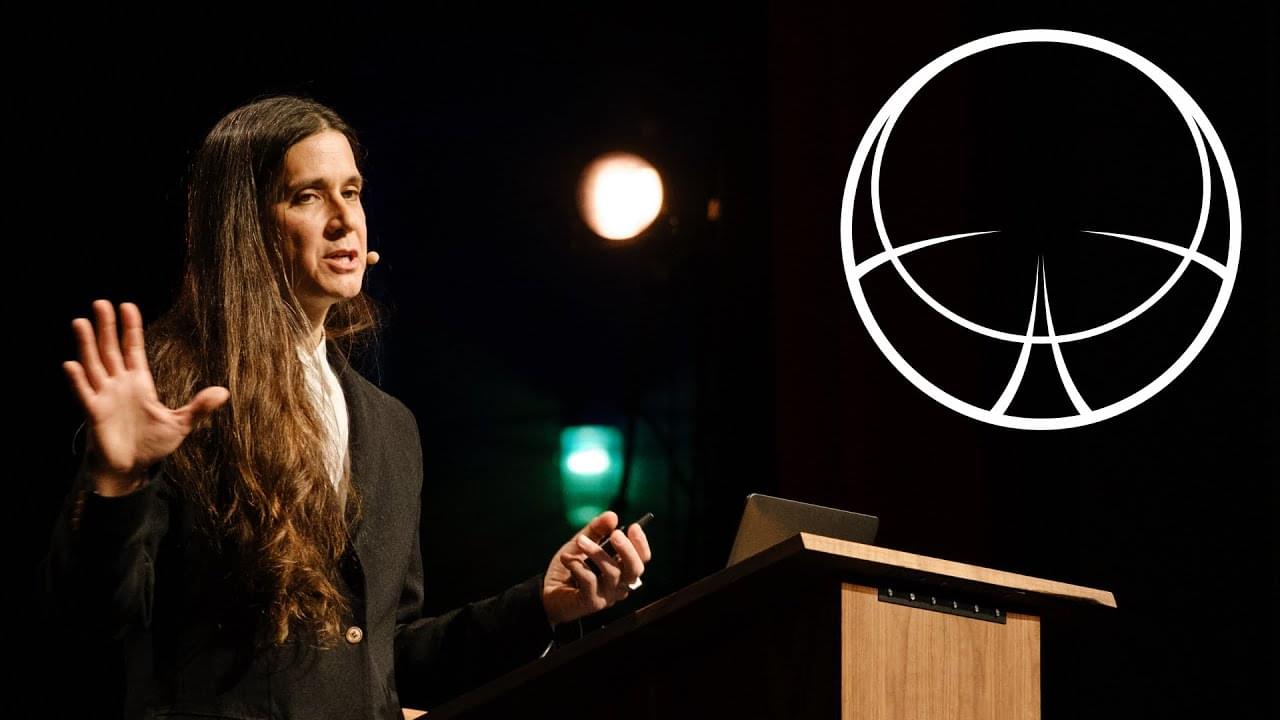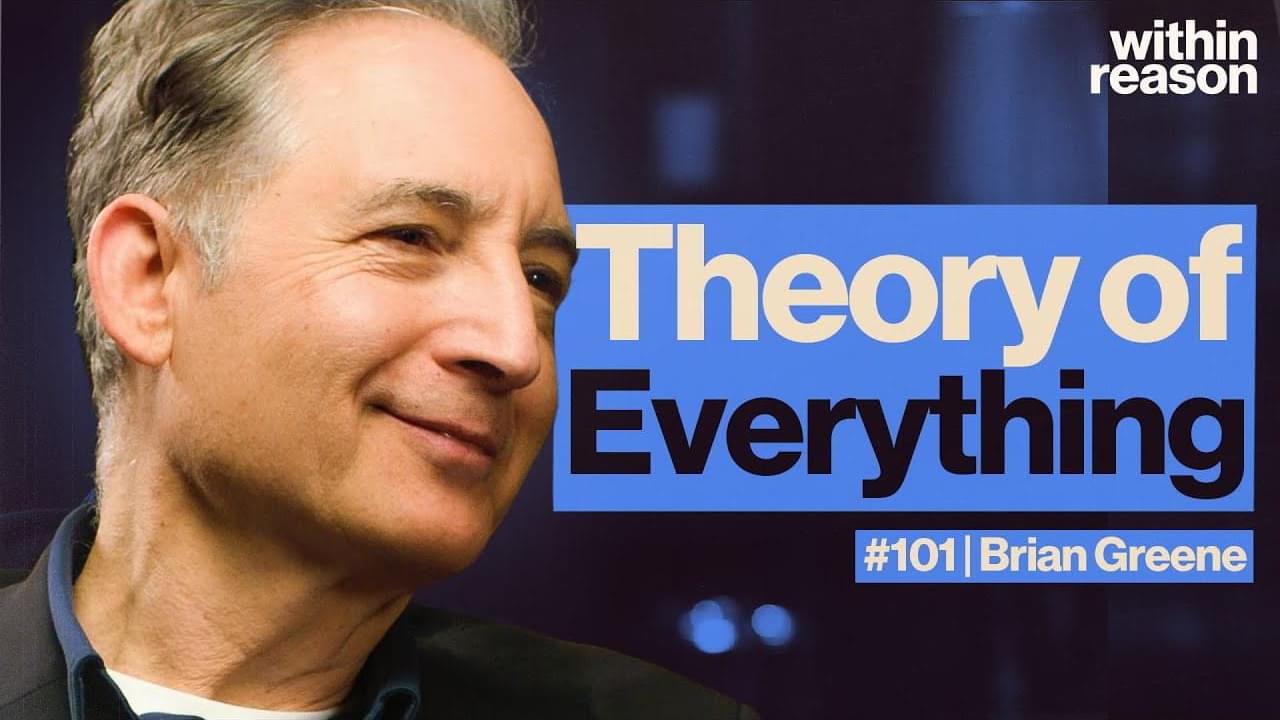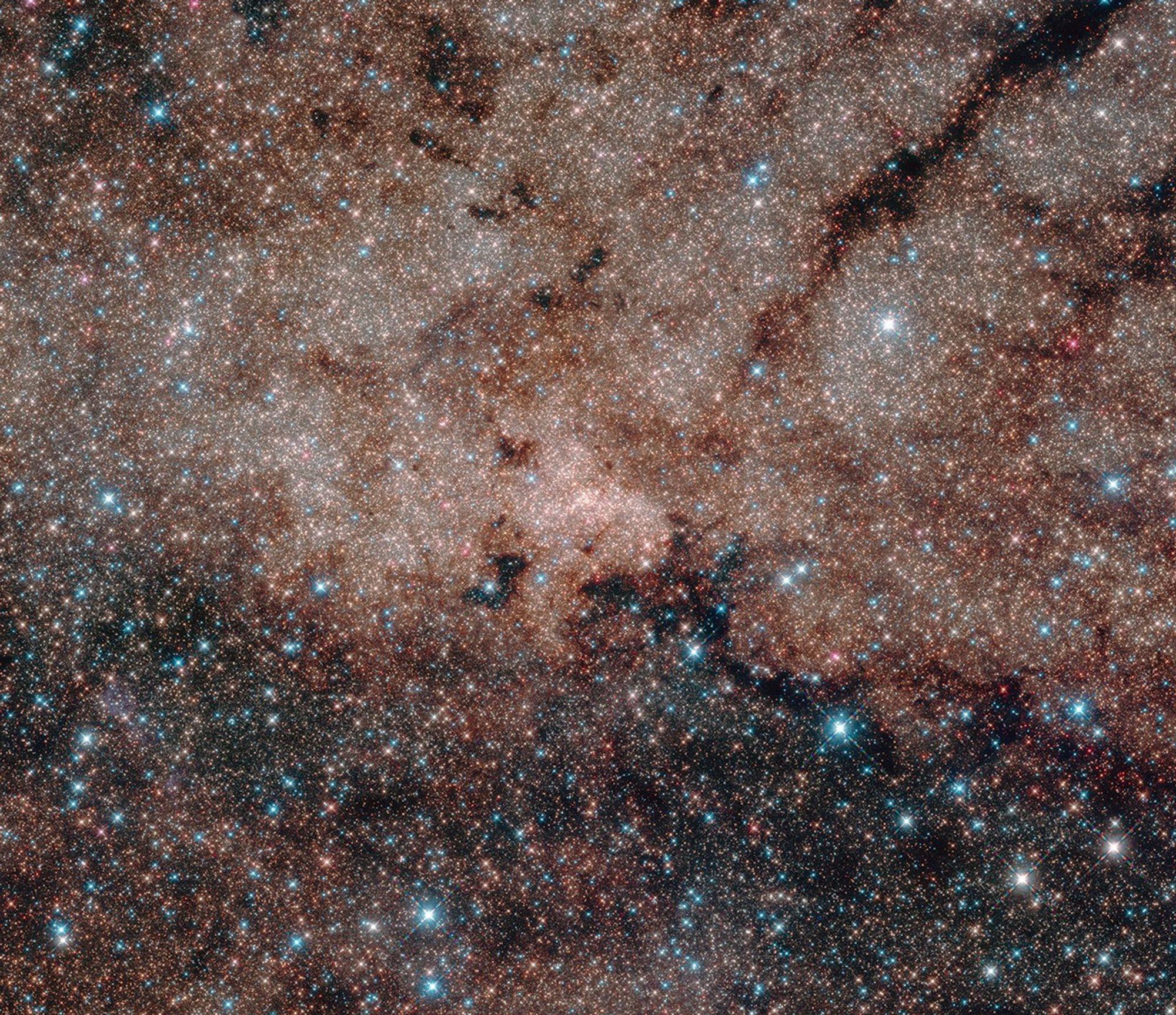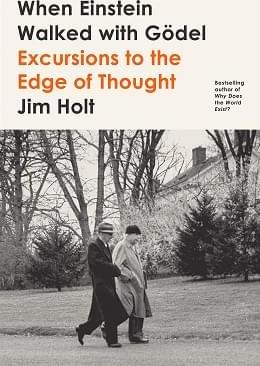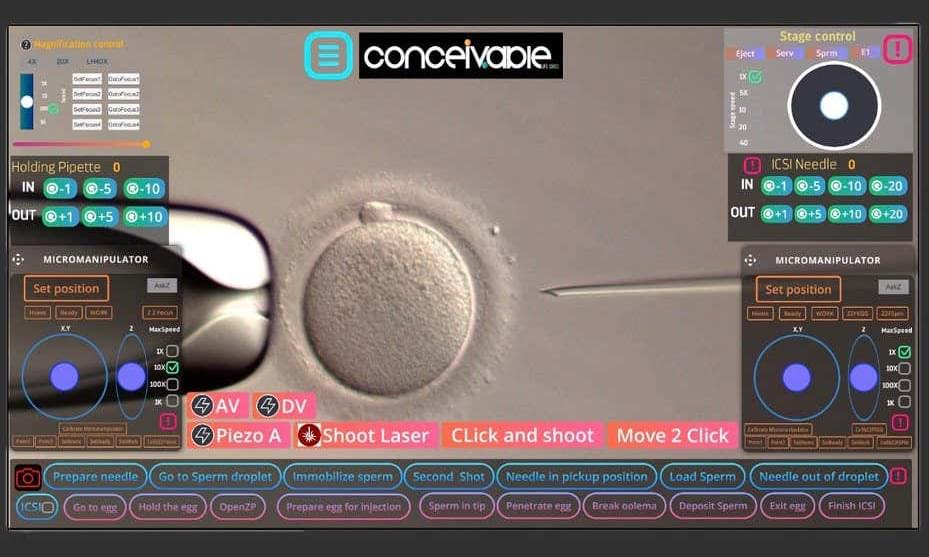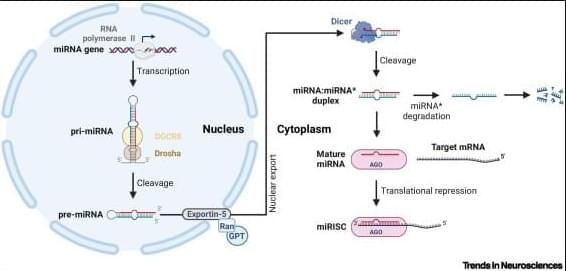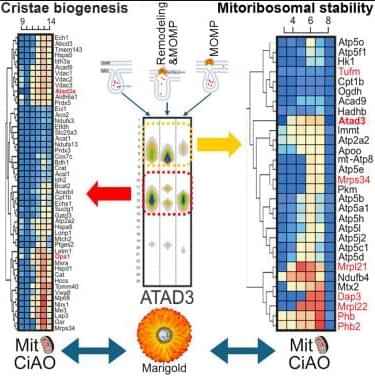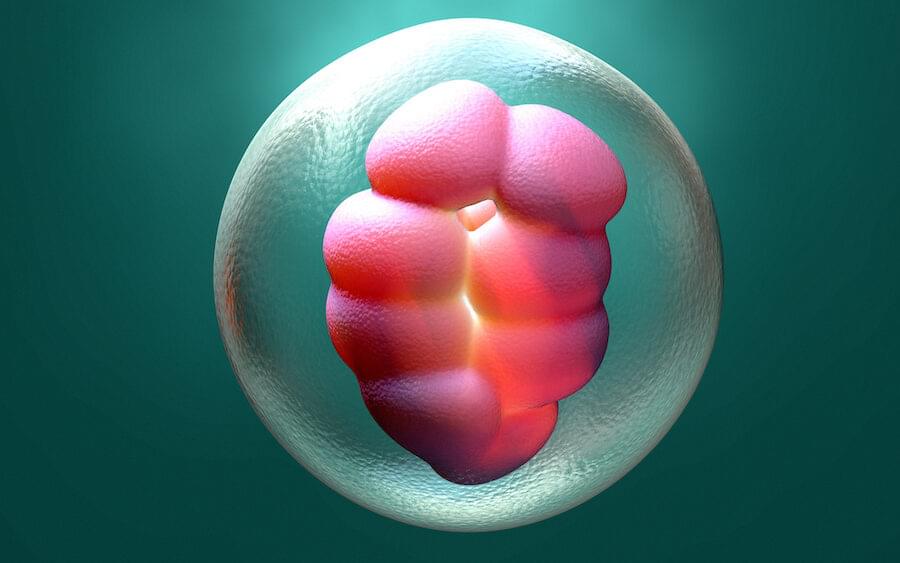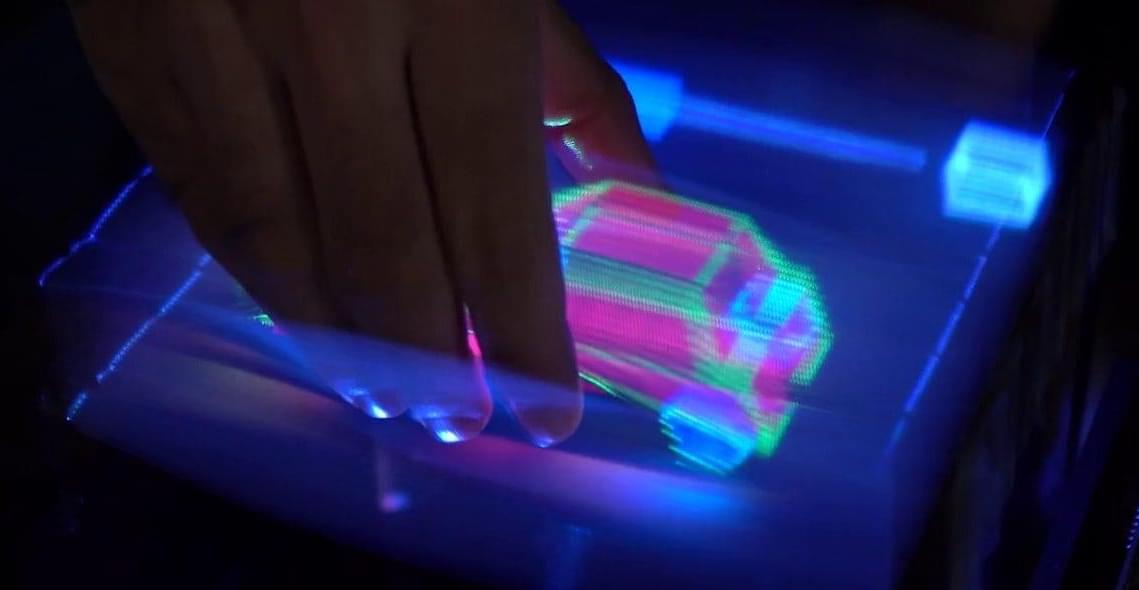How will AI shape our understanding of our creativity and ourselves?
In February, artist and technologist K Allado-McDowell delivered a fascinating Long Now Talk that explored the dimensions of Neural Media — their term for an emerging set of creative forms that use artificial neural networks inspired by the connective design of the human brain.
Their Long Now Talk is a journey through the strange valleys and outcroppings of this age of neural media, telling a story involving statistical distributions, anti-aging influencers at war with death itself, and vast quantities of “AI Slop,” the low-quality, faintly surreal output of cheap, rapidly proliferating image models.
Yet even in this morass of slop Allado-McDowell sees reason for optimism. Referring to the title of their 2020 book Pharmako-AI, which was co-written with GPT-3, Allado-McDowell notes that the Greek word pharmakon could mean both drug and cure. What may seem poisonous or dangerous in this new paradigm of neural media could also unlock for us new and deeper ways of understanding ourselves, our planet, and all of the intelligent networks that live within it.
This talk was presented February 25, 02025 at the Cowell Theatre in San Francisco. The event livestream is here: https://www.youtube.com/live/AsCGRjl3zac?si=KBfIfkqatLwdMr8M
Episode notes: https://longnow.org/ideas/neural-media/
